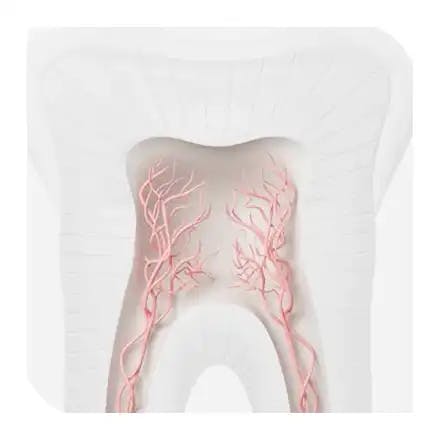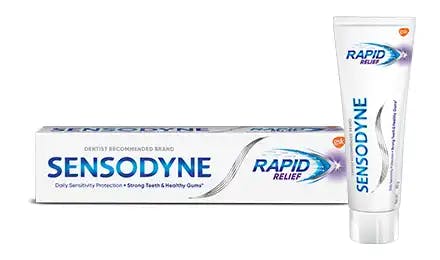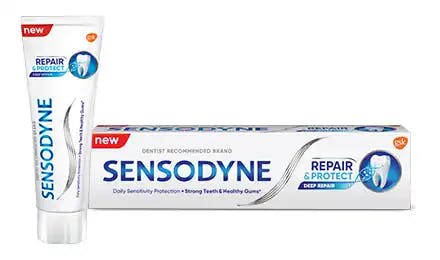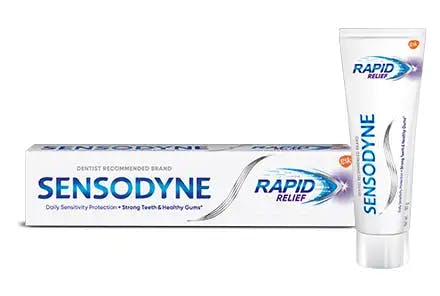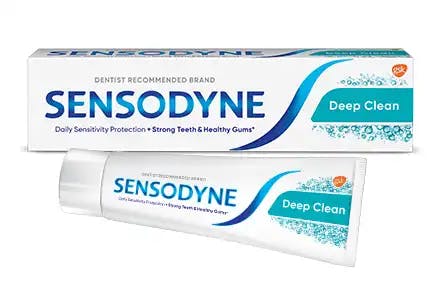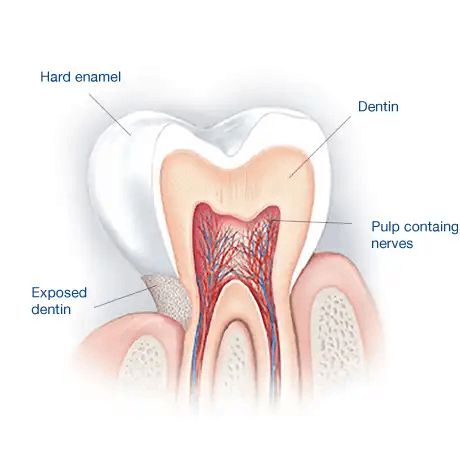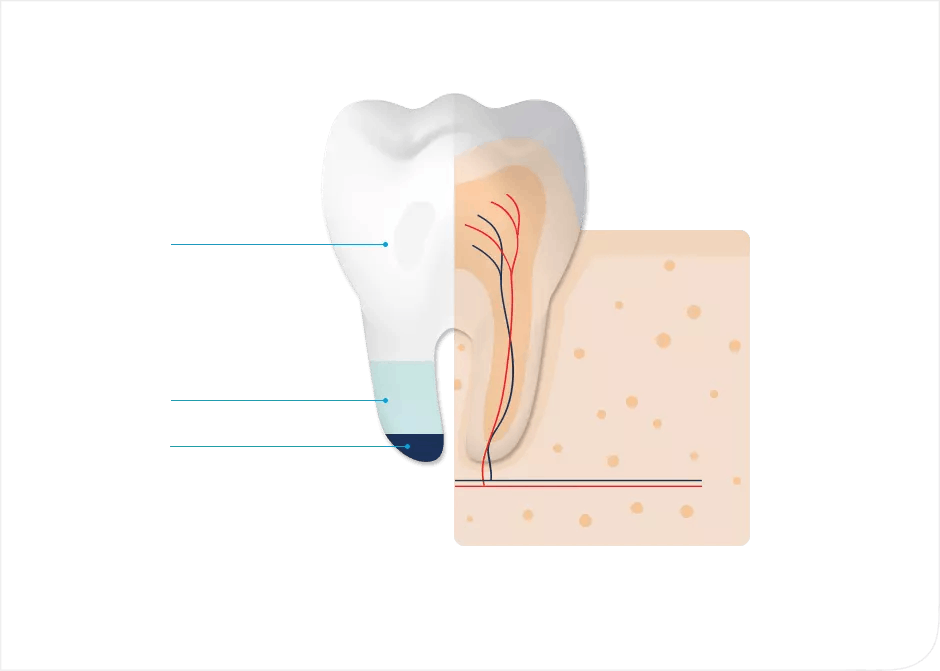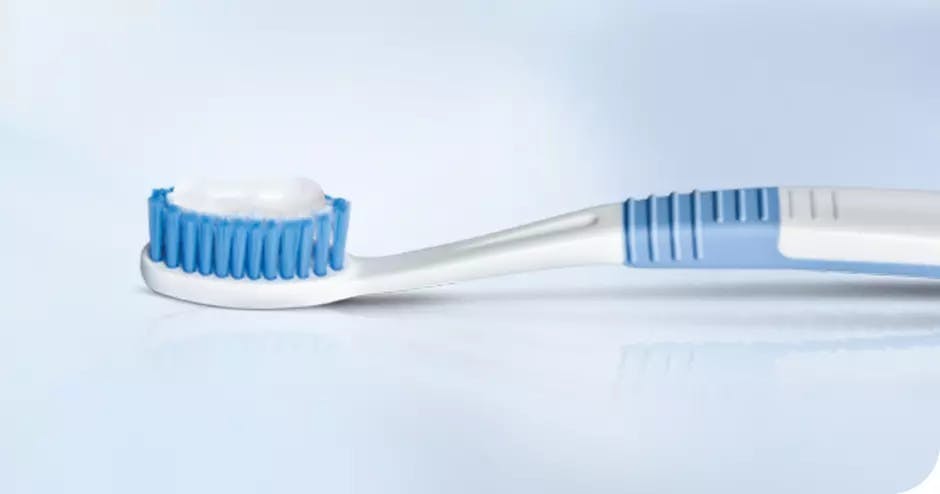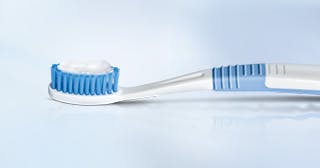- home
- Sensitive Teeth Toothbrushes | Sensodyne
- Understanding Sensitivity
- About Sensodyne
- About Pronamel
- Our Products
- Product Results
- Rapid Relief
- Complete Protection +
- Fresh Mint
- Deep Clean
- Fresh Gel
- Sensodyne Sensitivity Gum Soft toothbrush
- Sensodyne Deep Clean Soft toothbrush
- Sensitivity & Gum Toothpaste
- Whitening
- Whitening
- Sensodyne Expert Soft toothbrush
- Sensodyne Sensitive Soft toothbrush
- Repair and Protect
- Sensodyne Complete Protection+ Mouthwash
- Pronamel Fresh Breath
- Pronamel Daily Protection
- Oral Health Tips
- FAQs
- Contact us
- Sitemap
- Where to Buy
- Toothpaste for tooth sensitivity and gum problems
- Sensodyne Rapid Relief
- Sensodyne toothpastes for fresh breath
ALWAYS FOLLOW LABEL
© 2025 Haleon group of companies. All rights reserved. Trademarks are owned by or licensed to the Haleon group of companies.
The content of this site is intended for Indian audiences only.
PM-IN-SENO-25-00015
PM-IN-SENO-25-00046
PM-IN-PRO-25-00011
If you have any suggestions, need any information or want to report an Adverse Event or have any Product Quality Complaint, please contact us at:
The Manager, Haleon Consumer Relations,
P.O. Box 15, Gurugram - 122 002, Haryana.
Ph: 000 800 442 0168
Email: mystory.in@haleon.com
